
Carp
What kind of animal is Carp?
Appearance and Size
The carp has a robust, deep-bodied structure and can grow up to a meter (approximately 39 inches) in length.Its coloration varies, but it typically appears greenish-brown.
Large scales cover its body, and it possesses two barbels (whisker-like sensory organs) on each side of its upper jaw.
Habitat and Distribution
Native to Eurasia, the carp has been introduced to various regions worldwide, including North America.It thrives in quiet, weedy mud-bottomed ponds, lakes, and rivers.
Carp often live alone or in small schools.
Diet and Behavior
Carp are omnivorous, feeding on a diverse diet that includes:Plants
andalgae
Invertebrates
Other fishFreshwater mussels (they even consume them whole, shells and all!)
While foraging, carp may disturb the water, increasing turbidity and affecting other aquatic life.
Reproduction and Lifespan
Carp usually spawn in spring, with females depositing numerous eggs on plants or detritus in shallow water.The eggs hatch within four to eight days.
These fish grow rapidly, reaching sexual maturity around their third year.
In captivity, carp can live for more than 40 years.
Varieties
Two domesticated carp varieties are:Mirror carp: These have a few large scales.
Leather carp: Almost scaleless.
The crucian carp ('Carassius carassius') is a related European species without barbels, akin to the goldfish.
Cultural Significance and Challenges
Carp have played a role in human culture for thousands of years.They are popular in ponds and aquariums, with selective breeding for shape, color, and disease resistance.
However, carp are often considered undesirable due to their impact on water clarity and competition with native species.
Despite their success as colonizers, the International Union for Conservation of Nature and Natural Resources (IUCN) lists them as vulnerable species, particularly in their native Eurasian populations.
In summary, the carp is a hardy, adaptable fish with a rich history and ecological significance. Its ability to thrive in various environments makes it both fascinating and challenging from a conservation perspective.
Example of the color palette for the image of Carp
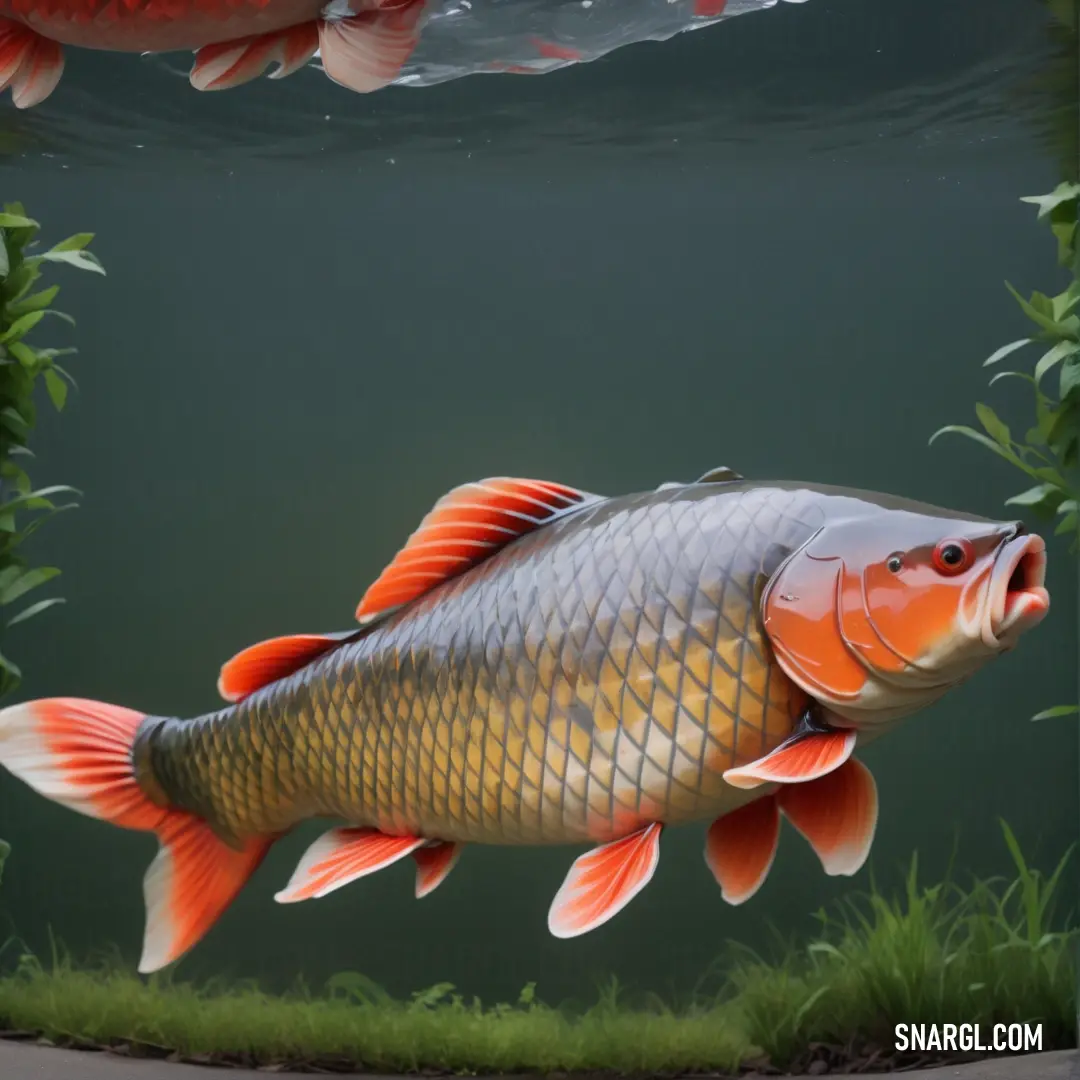
See these colors in NCS, PANTONE, RAL palettes...
What is the animal Carp known for?
Carp are known for many things, such as:
Their role in human culture for thousands of years.
Carp have been domesticated and bred for food, aquaculture, and ornamental purposes.
Some of the most popular types of carp are the common carp, the grass carp, the silver carp, the bighead carp, the goldfish, and the koi.Their ability to adapt to various environments and survive in low-oxygen conditions.
Carp can tolerate a wide range of temperatures, salinities, and water quality.
They can also metabolize glycogen to form ethanol and carbon dioxide, which allows them to survive for months without oxygen.Their impact on ecosystems and biodiversity.
Carp are often considered invasive and troublesome in many regions where they have been introduced, as they can out-compete native fish, damage aquatic vegetation, increase turbidity, and alter nutrient cycles.
Carp control is a major challenge and expense for many countries.
Example of the color palette for the image of Carp
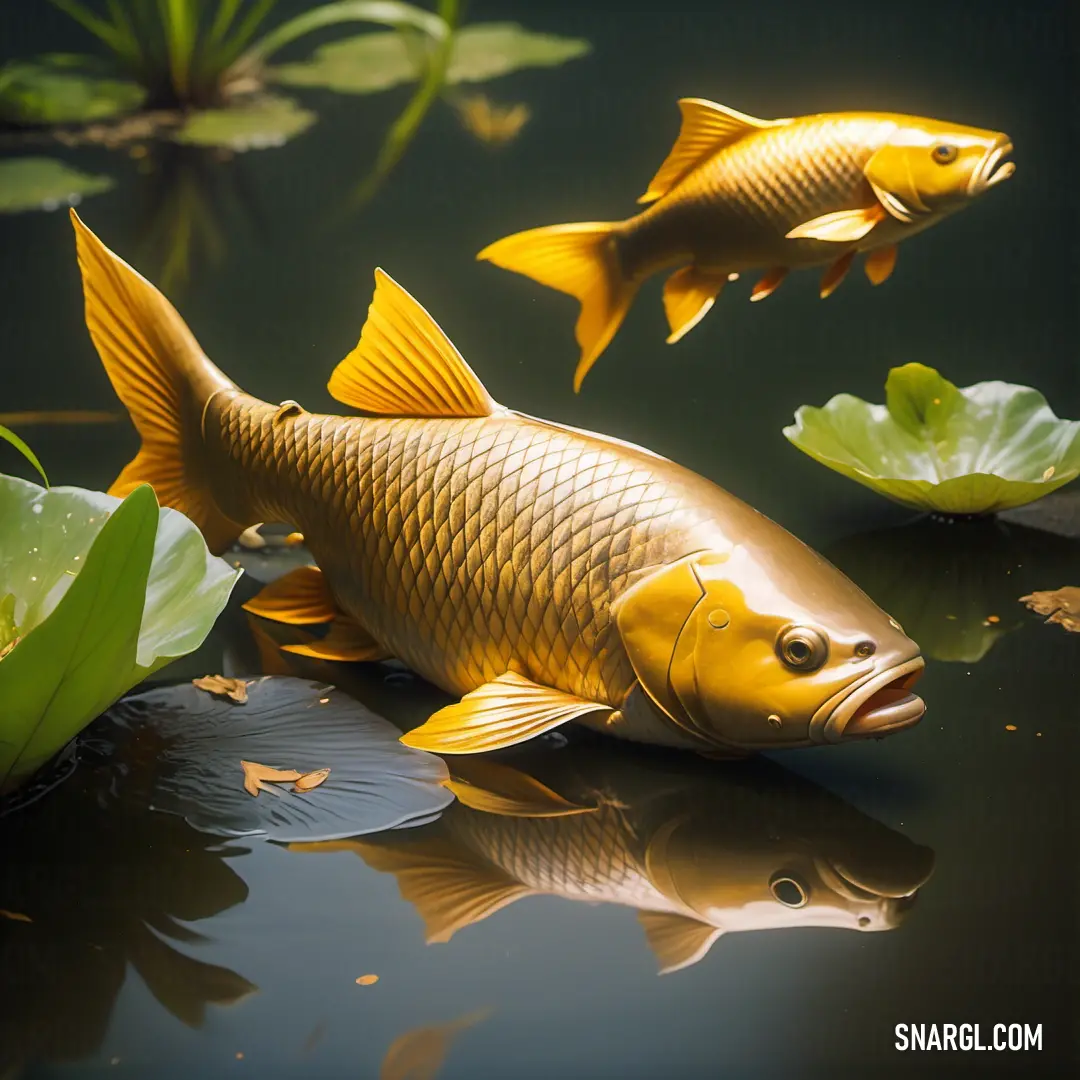
See these colors in NCS, PANTONE, RAL palettes...
Where does the Carp live?
It can survive in a variety of habitat types, but it prefers large bodies of water with slow moving currents and abundant aquatic vegetation.
Some examples of carp habitats are lakes, ponds, reservoirs, canals, and rivers.
The carp can also tolerate brackish water in the lower reaches of some rivers and coastal lakes.
It is a very adaptable fish that can cope with a range of environmental conditions, such as temperature, oxygen, salinity, and pollution.
Example of the color palette for the image of Carp
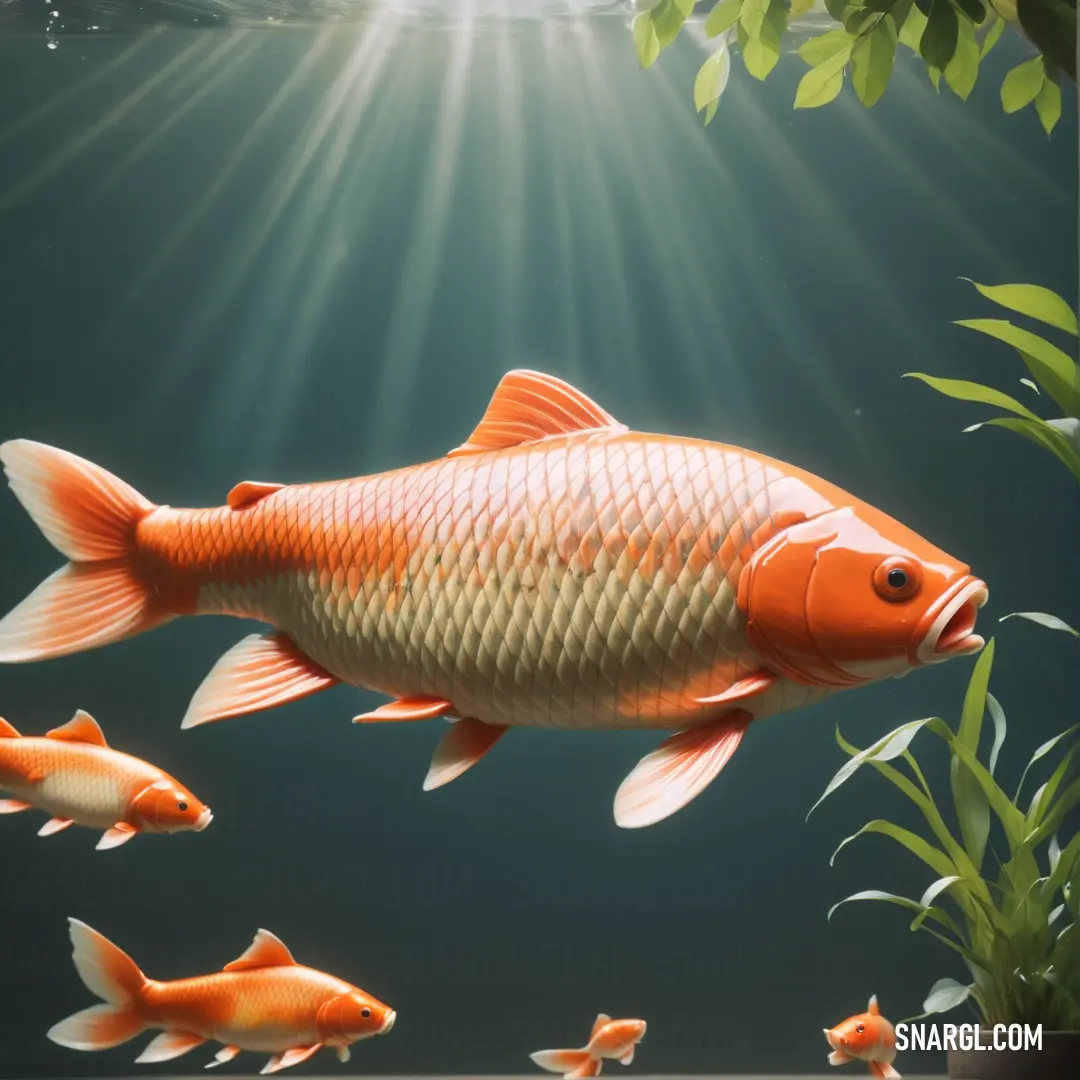
See these colors in NCS, PANTONE, RAL palettes...
What does the Carp look like?
Two barbels on each side of their upper jaw, which are whisker-like organs that help them sense food and navigate in murky water.
A large mouth that can suck in food from the bottom of the water, and teeth on the back of their throat that can crush hard shells.
A long dorsal fin that runs along their back, and a forked tail fin that helps them swim fast and change direction.
Some carp can grow very large and live for a long time.
The common carp ( Cyprinus carpio) can reach up to 1.2 meters in length and weigh up to 40 kilograms.
The koi carp ( Cyprinus rubrofuscus var."koi") is a domesticated variety of the common carp that has been bred for its colorful and ornamental appearance.
In some regions, carp are often considered an invasive species because they can compete with native fish and damage aquatic ecosystems.
However, carp are also valued as food and sport fish in many parts of the world.
Example of the color palette for the image of Carp
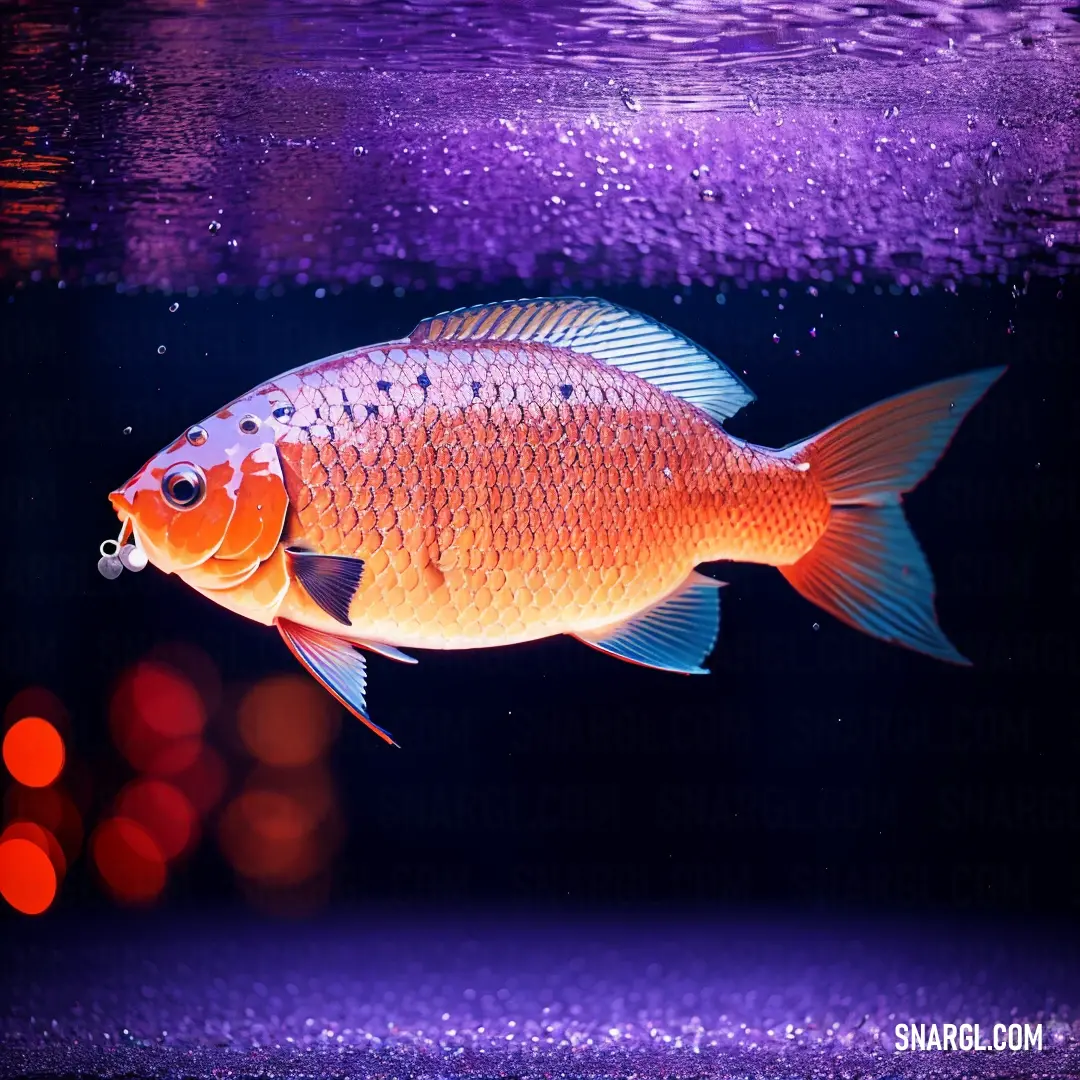
See these colors in NCS, PANTONE, RAL palettes...
The Parable of the Playful Tent
Darwin, an esteemed animal geneticist, was renowned for his deep knowledge of the natural world and his dedication to understanding the complexities of life. His companion, Peanut, was not just a pet but a source of endless joy and inspiration. The bond between Darwin and Peanut was a blend of scientific curiosity and heartfelt camaraderie.
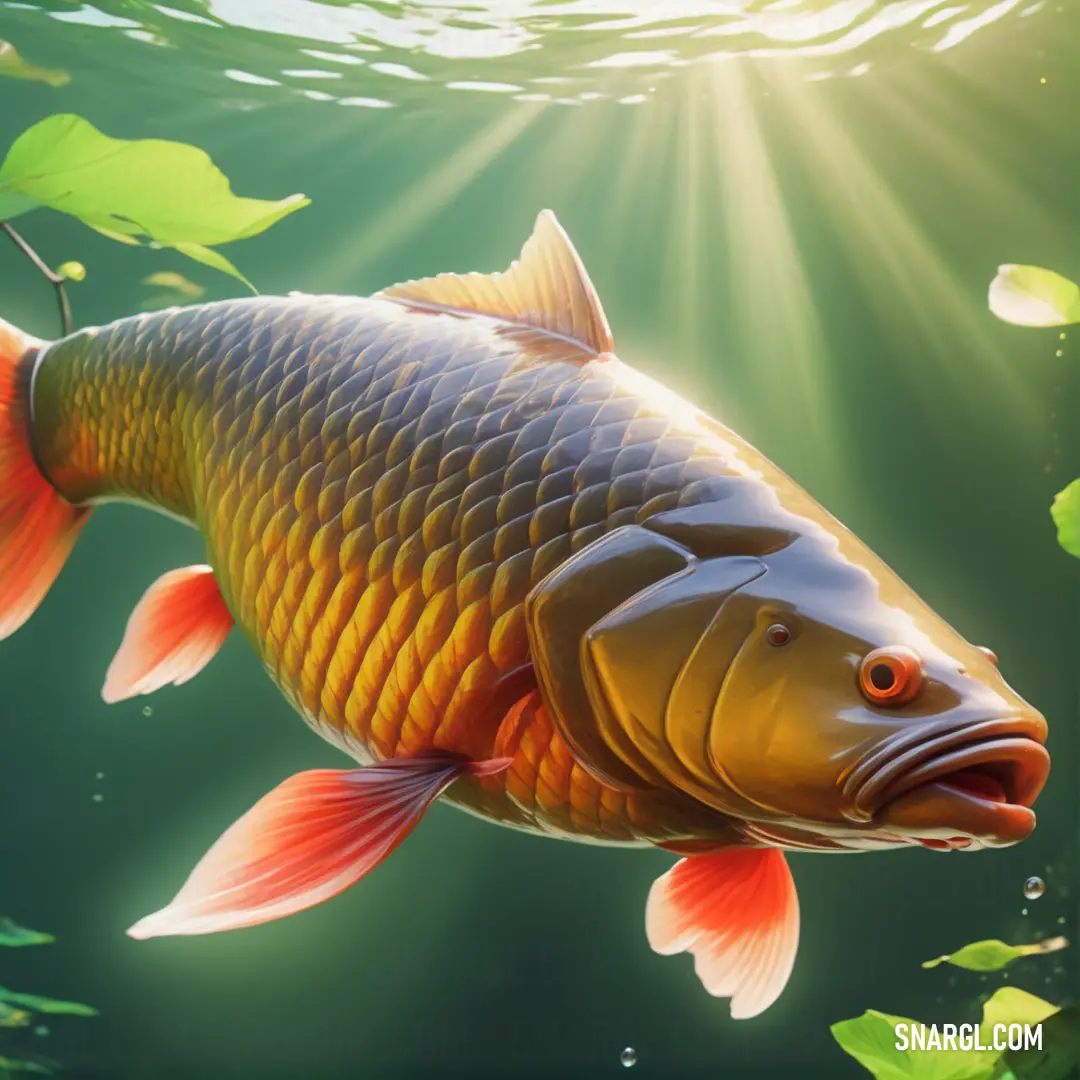
One day, Darwin and Peanut overheard a conversation about an upcoming village festival. The festival was to feature a grand play tent - a magical space where children and adults alike could enjoy games, stories, and laughter. However, the play tent had yet to be constructed, and the villagers were struggling to find the right design and materials to bring their vision to life.
Intrigued by the challenge and eager to contribute, Darwin decided to use his scientific skills to help construct the play tent. Peanut, with his boundless energy and enthusiasm, was more than happy to assist. Together, they set out to design a tent that would be both enchanting and functional, combining their knowledge and creativity.
Their first task was to choose the materials. Darwin applied his knowledge of natural elements, selecting the sturdiest, yet most flexible materials that would withstand the elements while remaining comfortable and inviting. Peanut, with his comedic flair, insisted on adding vibrant colors and whimsical patterns to the tent's design. He would dive and swirl in the stream, creating ripples that formed amusing patterns, inspiring Darwin's choices.
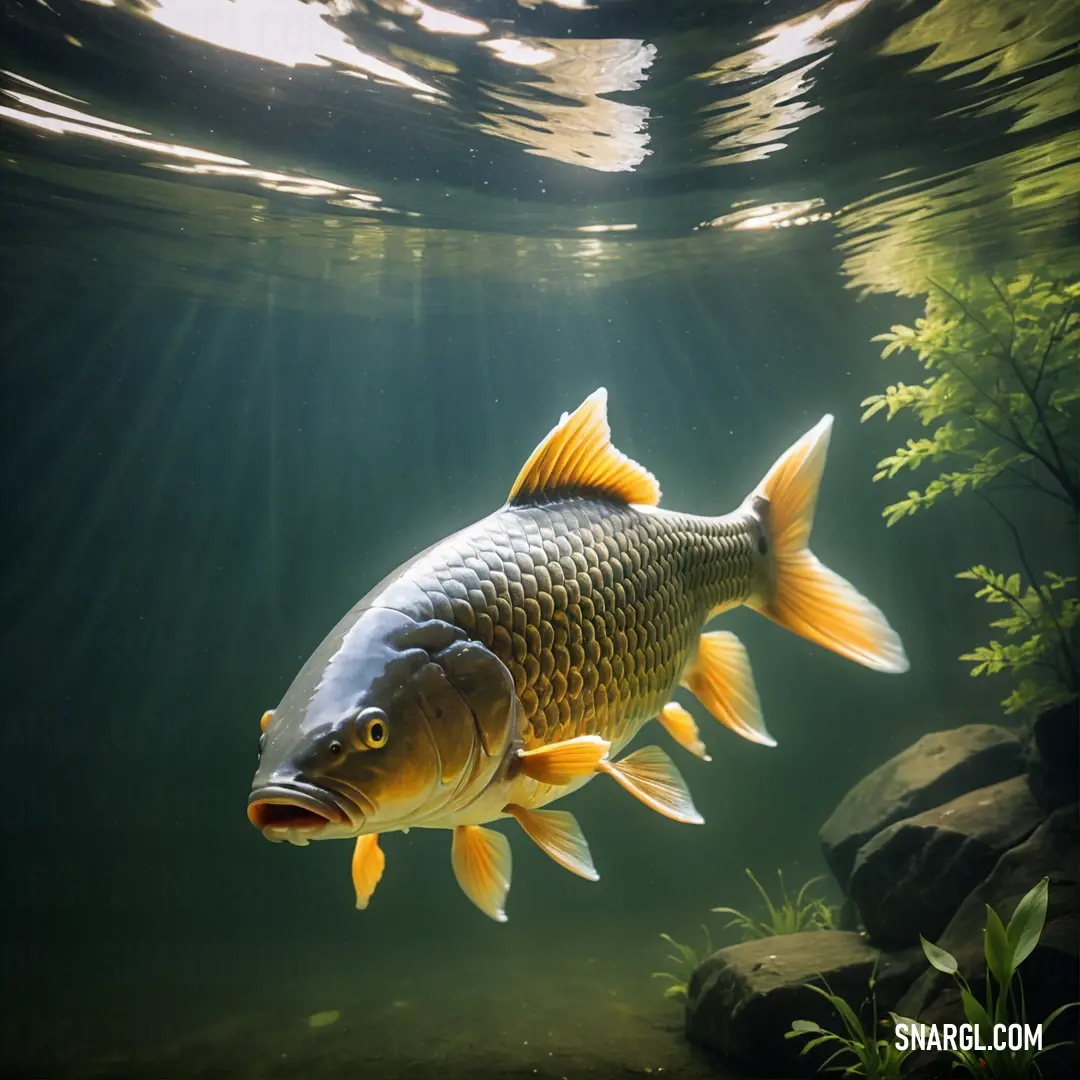
With materials chosen, the next step was the construction. The tent was to have a unique structure - partially inspired by the graceful curves of a Carp's fins and the strong, reliable support of river reeds. Darwin meticulously planned the framework, ensuring it would be both stable and flexible. Peanut, ever the entertainer, provided comic relief during the construction, performing funny fish tricks and making playful bubbles that brought laughter to the workers.
As the tent began to take shape, the villagers grew curious and excited. They watched as Darwin and Peanut worked harmoniously, their combined talents creating a structure that was both innovative and delightful. The tent featured flowing lines and colorful designs, reflecting the natural beauty of the Carp and the playful spirit of Peanut.
When the construction was complete, the play tent was unveiled. It was a marvel of creativity and functionality - a space where children could play, and adults could unwind, all under a canopy that seemed to shimmer with the same magic as Peanut's scales. The tent was adorned with twinkling lights and playful patterns that danced in the breeze, making it a centerpiece of the festival.
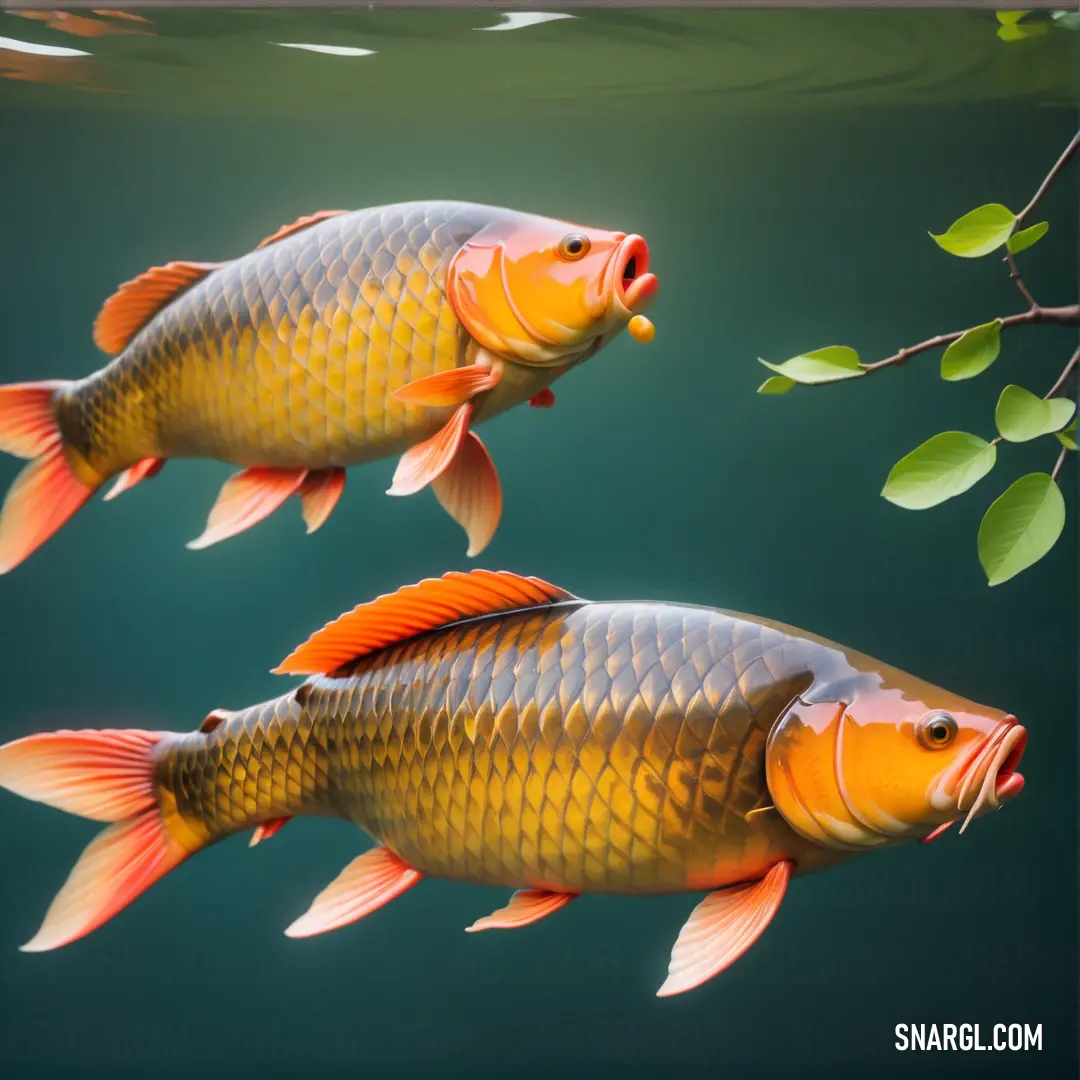
The villagers flocked to the tent, marveling at its beauty and enjoying the joyous atmosphere it created. Children played games, families shared stories, and everyone reveled in the sense of community and wonder. Peanut's playful spirit was a hit, as he darted in and out of the water, performing entertaining displays that delighted the festival-goers.
The parable of Darwin and Peanut's play tent became a cherished story in Aquabrook. It taught the villagers that creativity and collaboration could bring even the most whimsical ideas to life. The tale also highlighted the importance of blending knowledge with joy, and science with imagination, to create something truly magical.
And so, the play tent stood as a symbol of the harmony between innovation and delight, a testament to the power of combining talents and the joy that comes from working together to bring a vision to life. The legend of Darwin and Peanut's contribution to the festival lived on, reminding everyone of the boundless possibilities that arise when curiosity and playfulness unite.

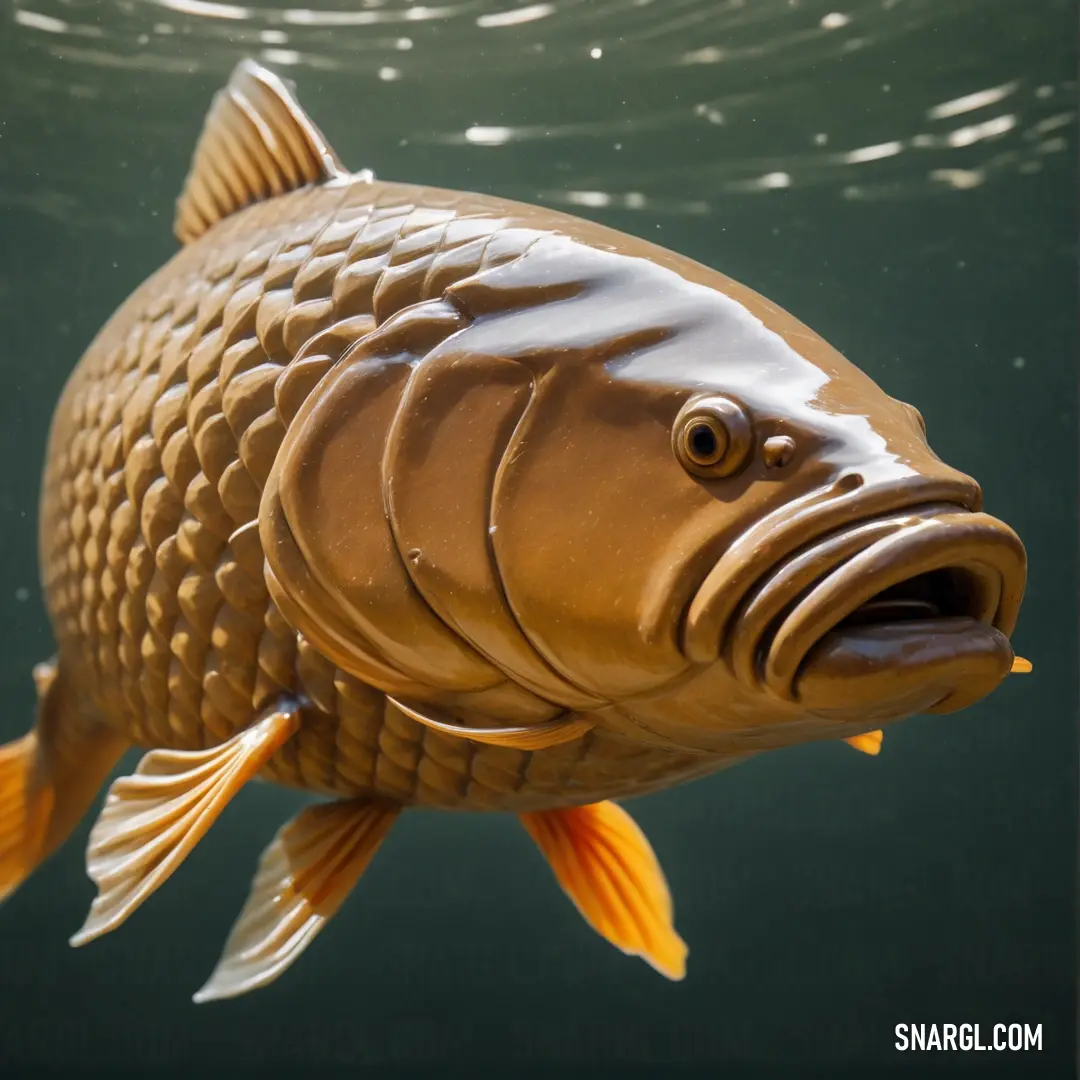
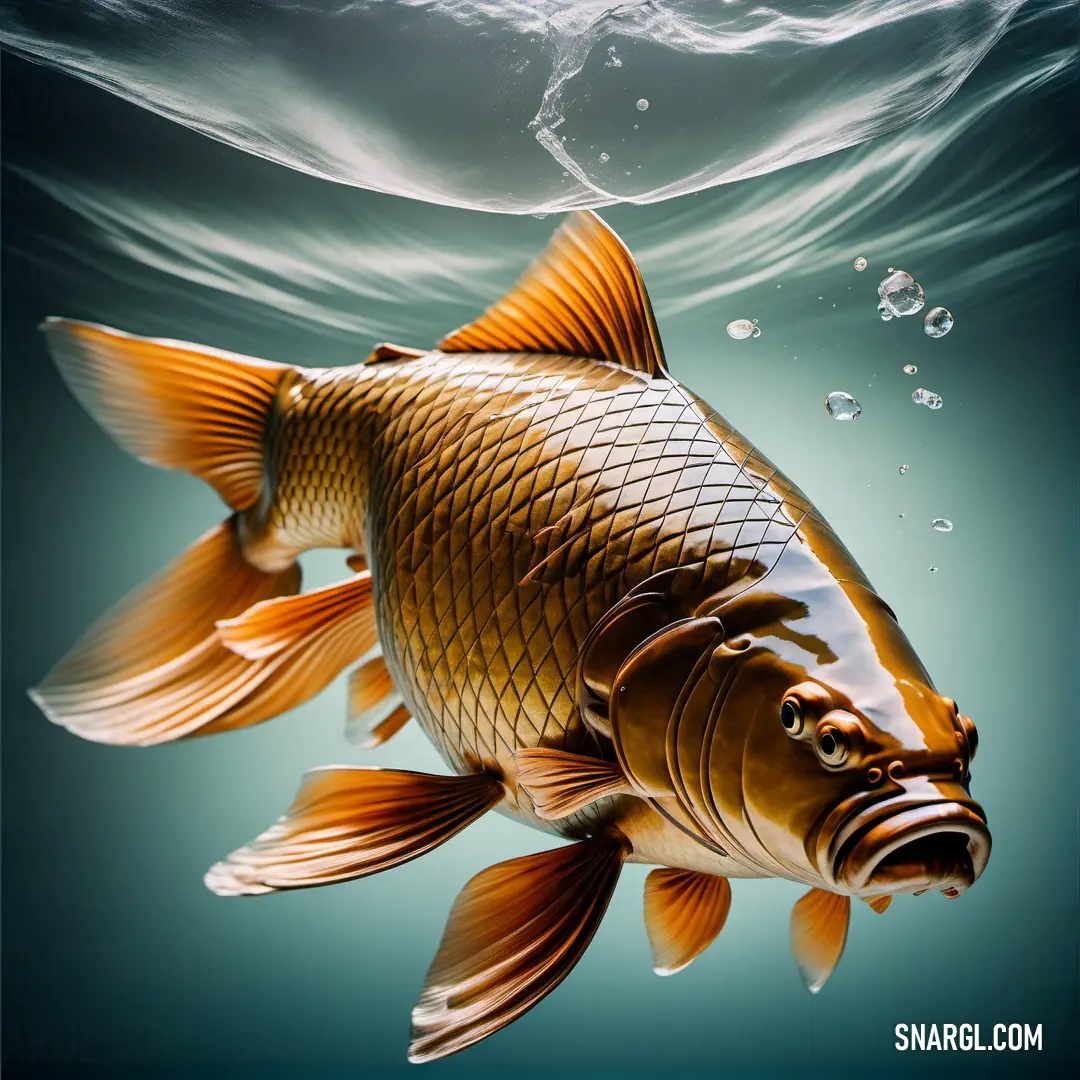
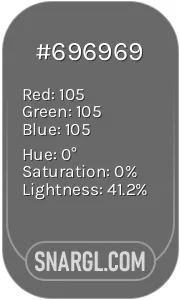 Dim gray
Dim gray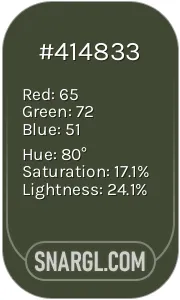 Rifle green
Rifle green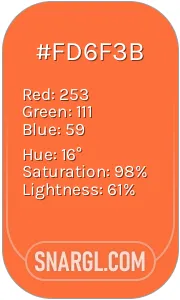 Carrot
Carrot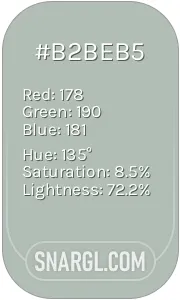 Ash grey
Ash grey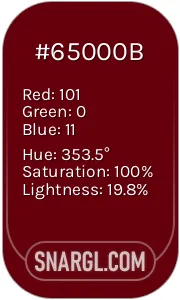 Rosewood
Rosewood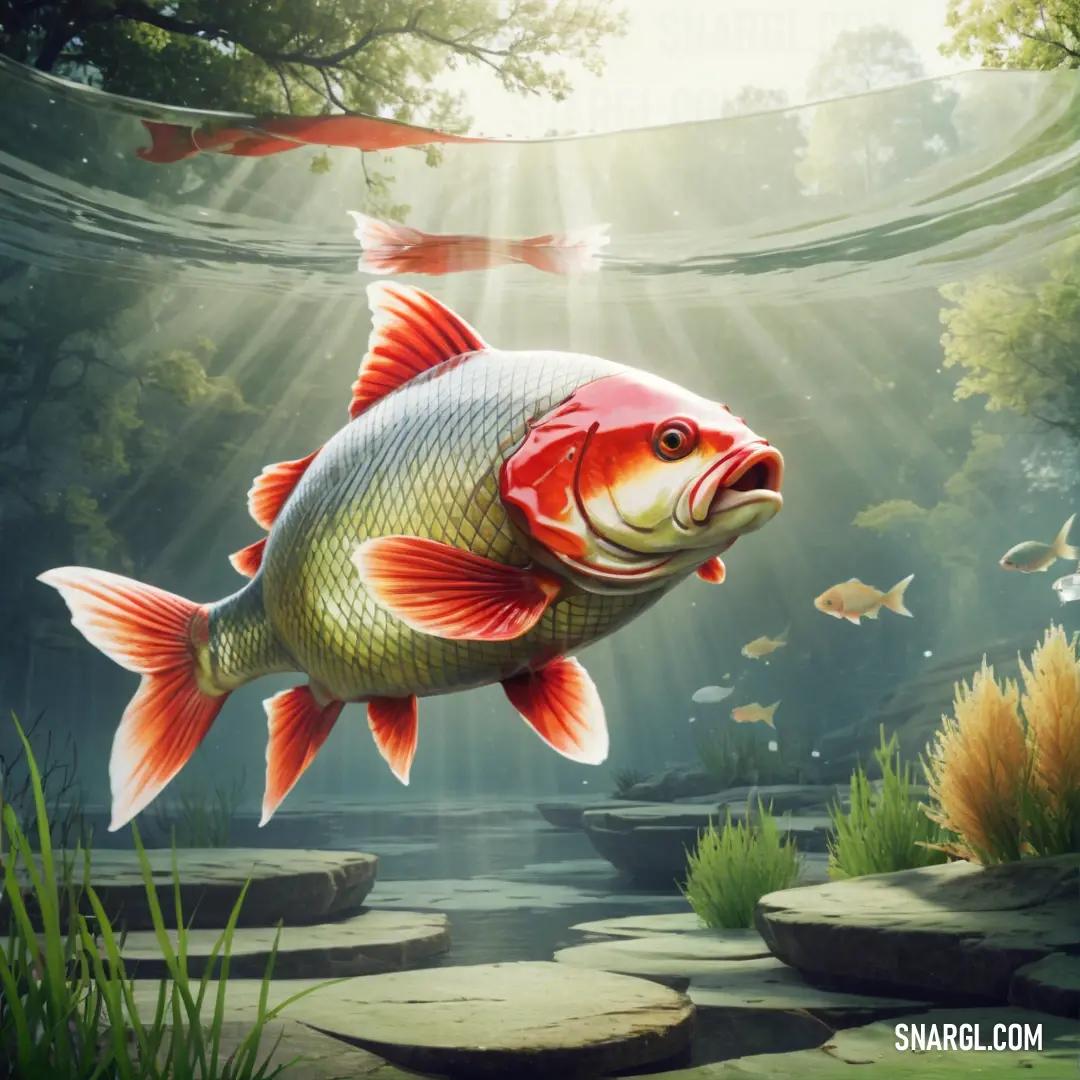
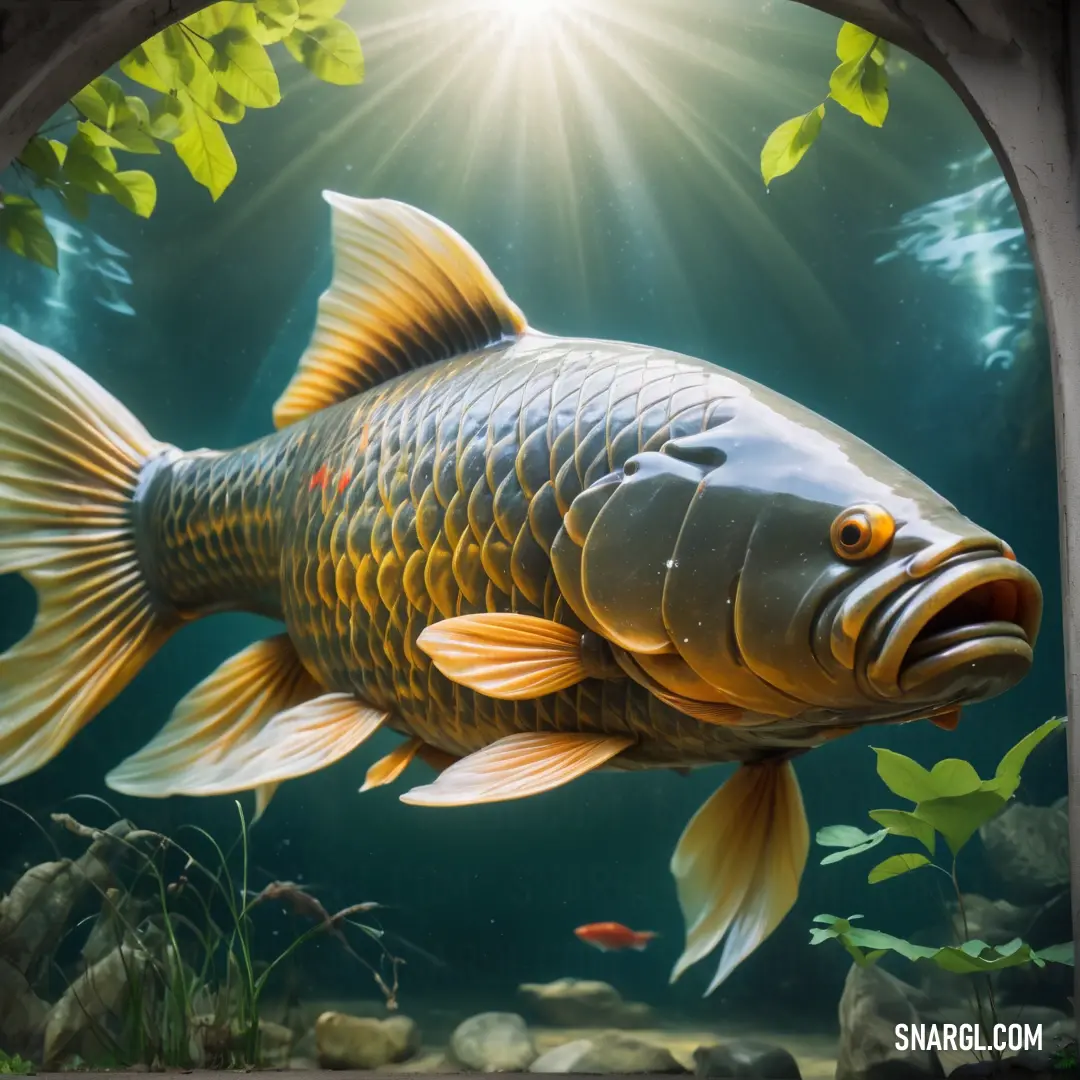
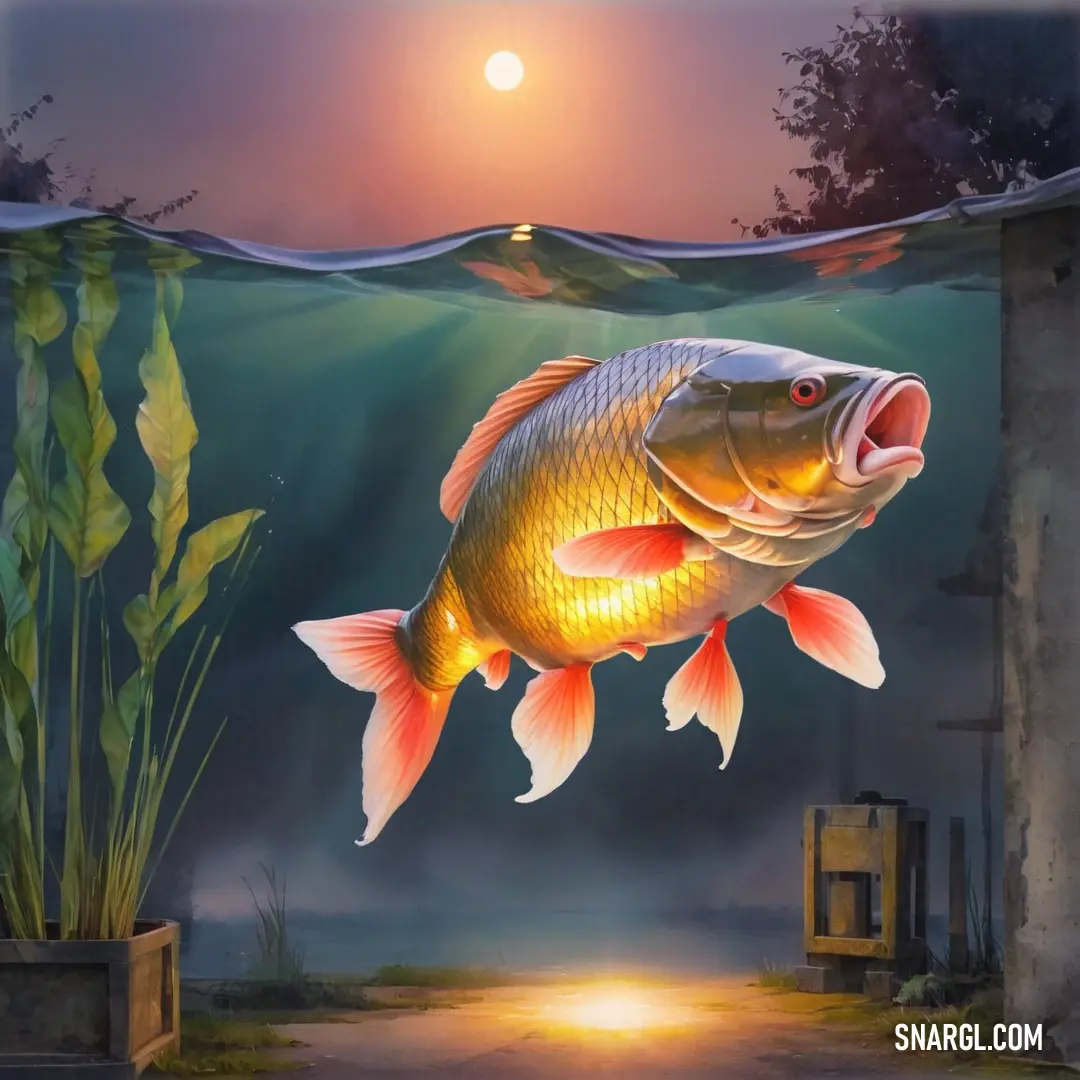
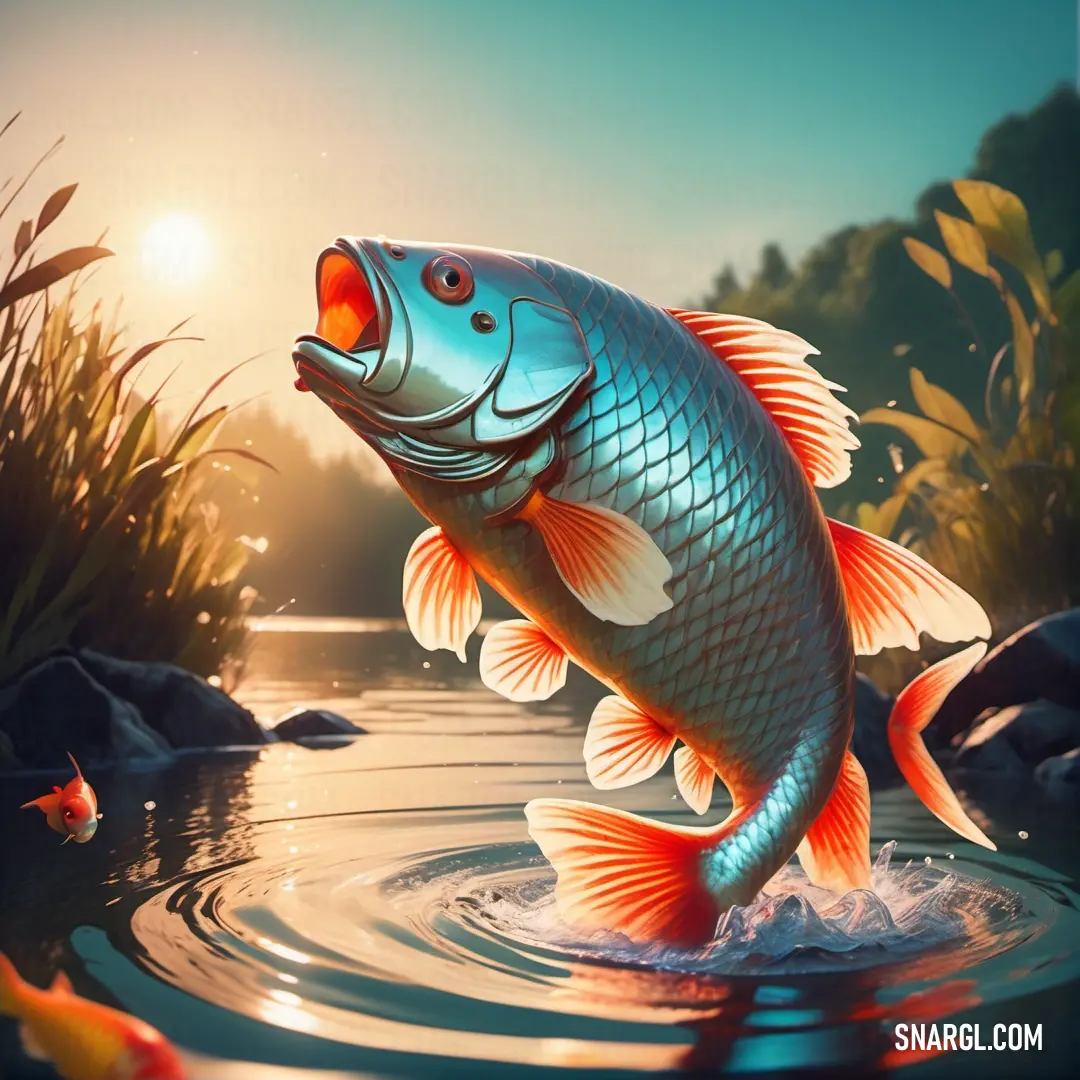
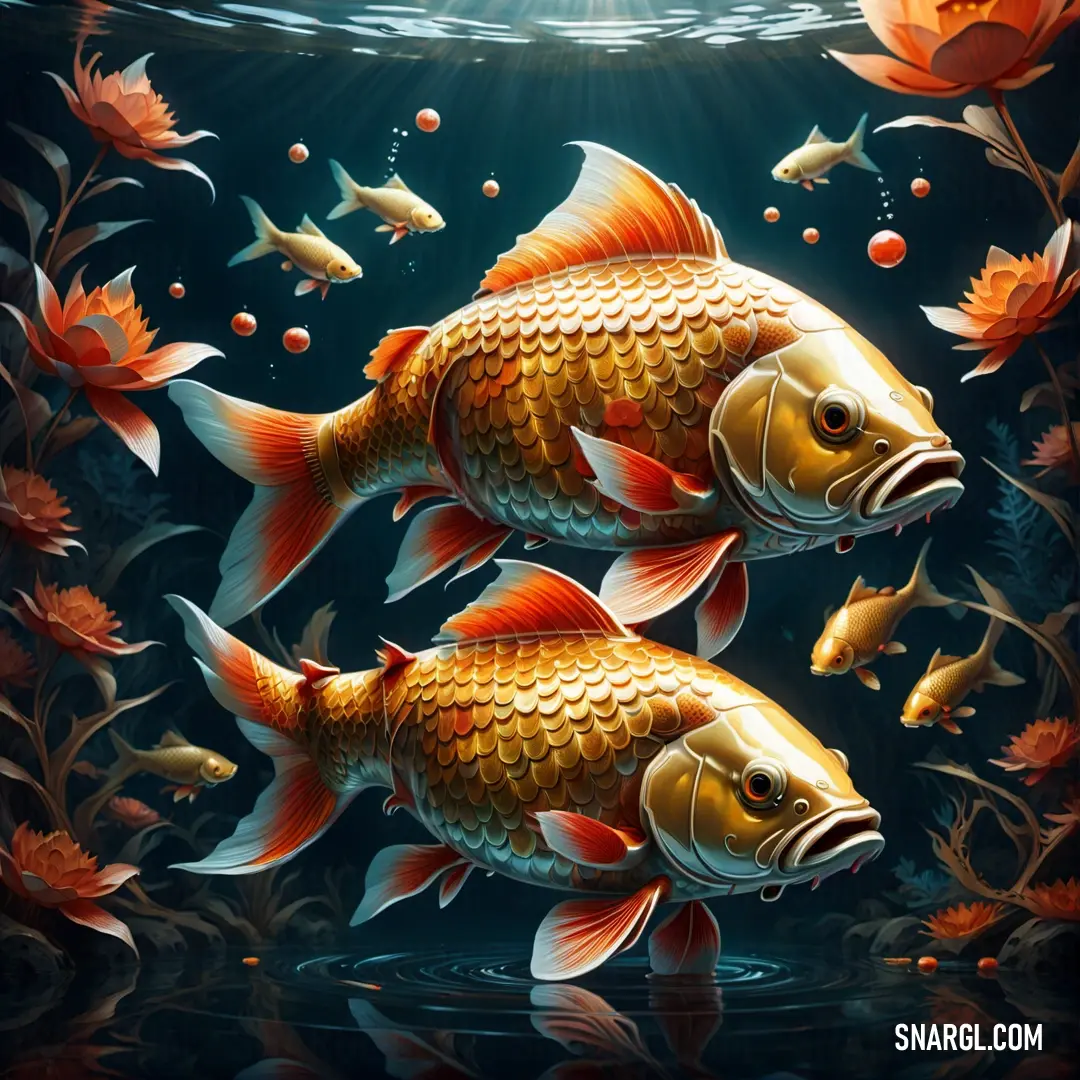
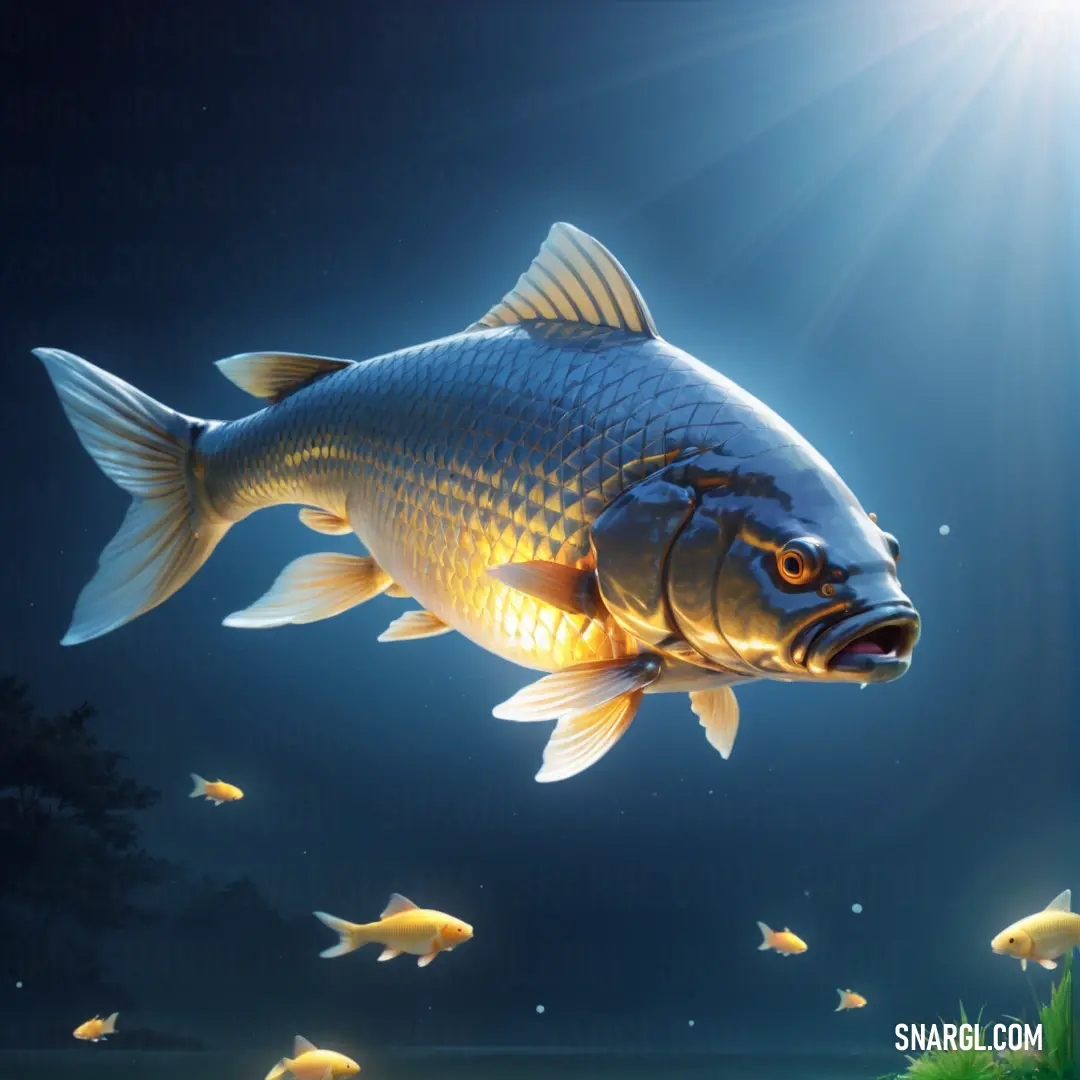
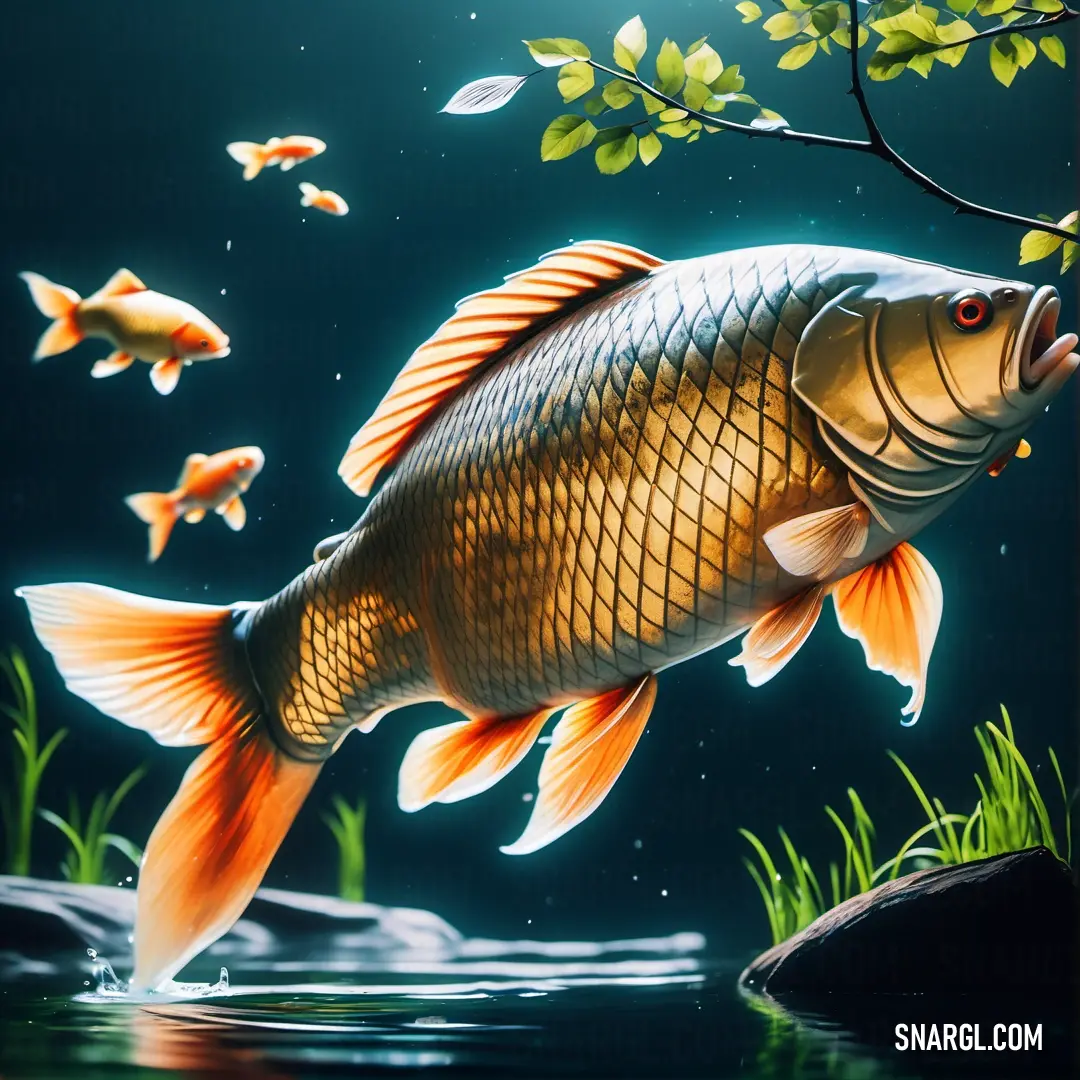
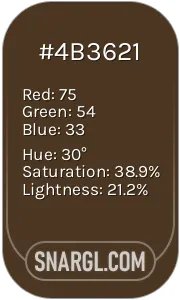 Cafe noir
Cafe noir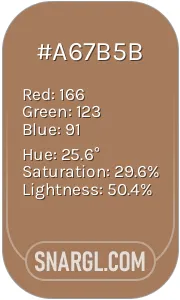 Cafe au lait
Cafe au lait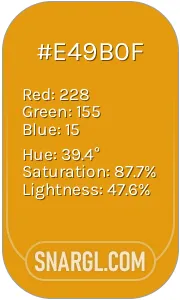 Gamboge
Gamboge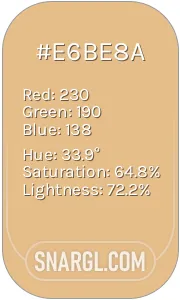 Pale gold
Pale gold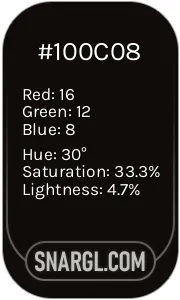 Smoky black
Smoky black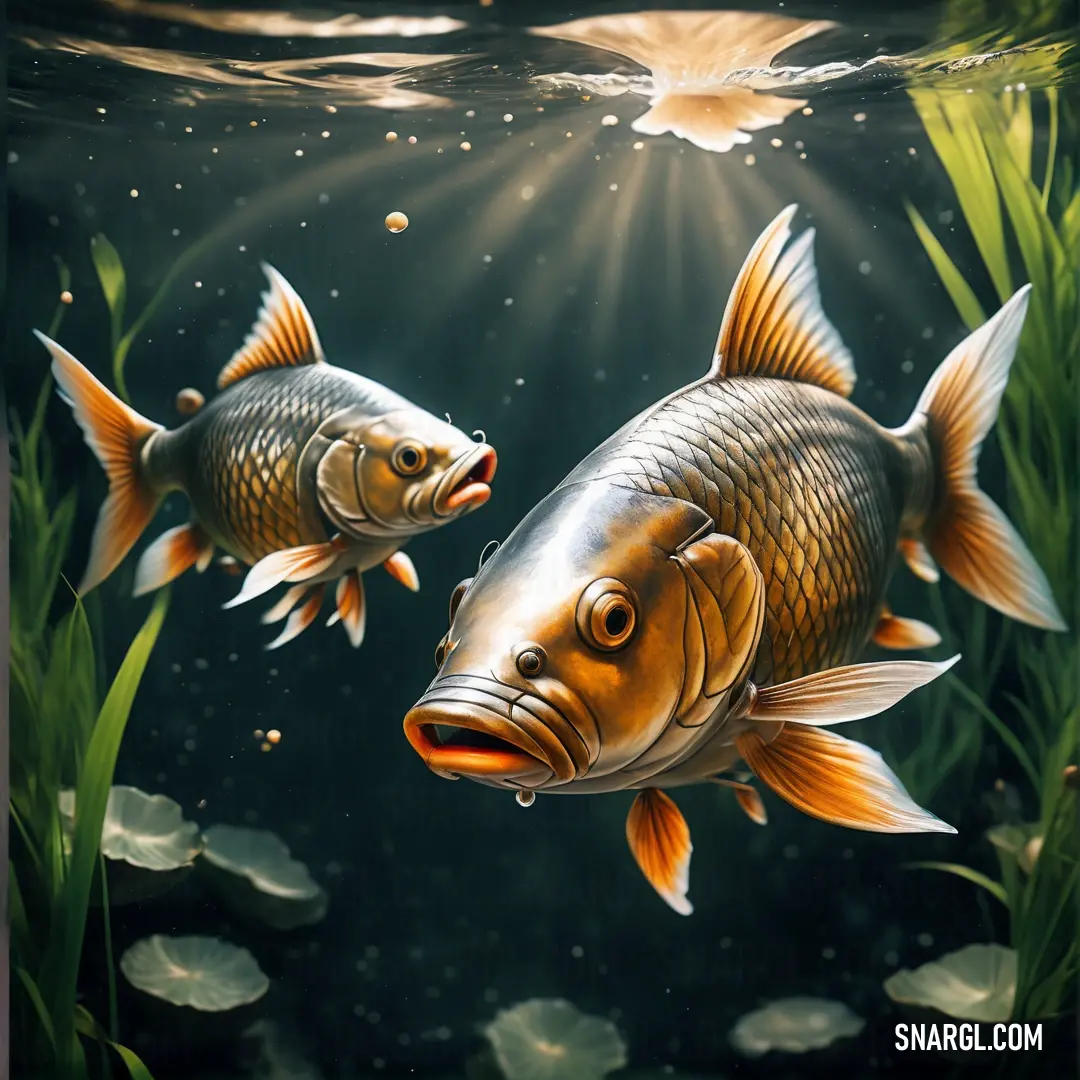
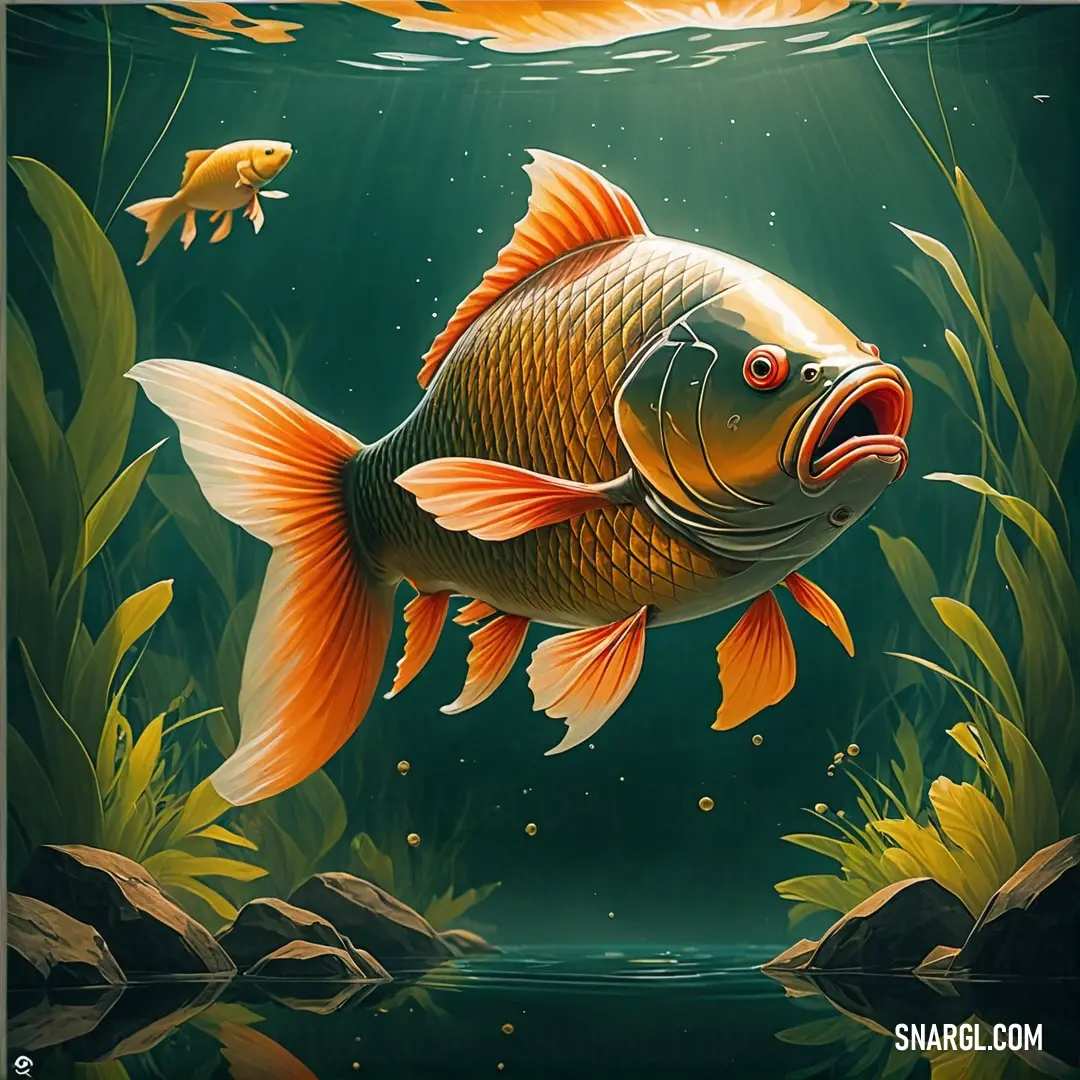
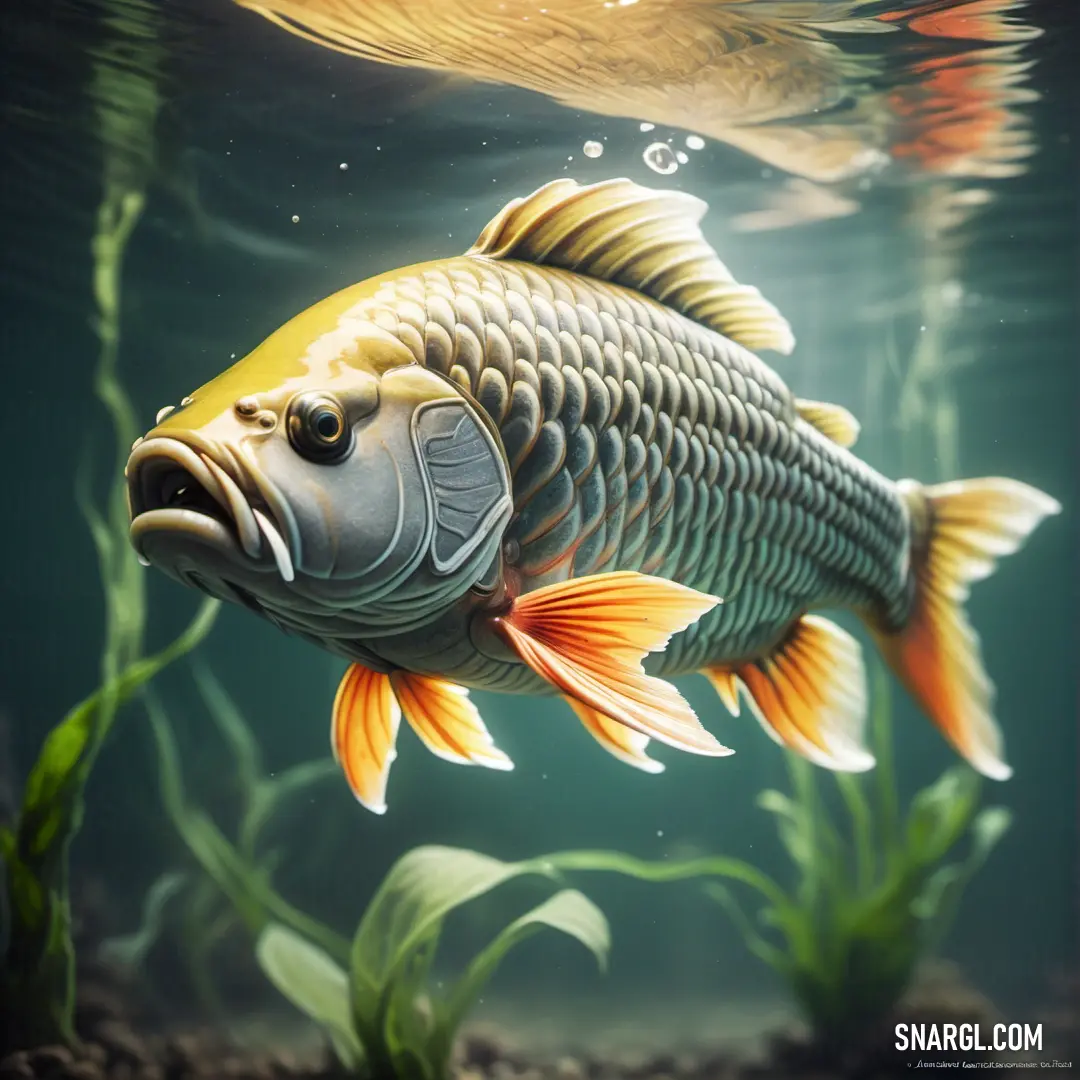
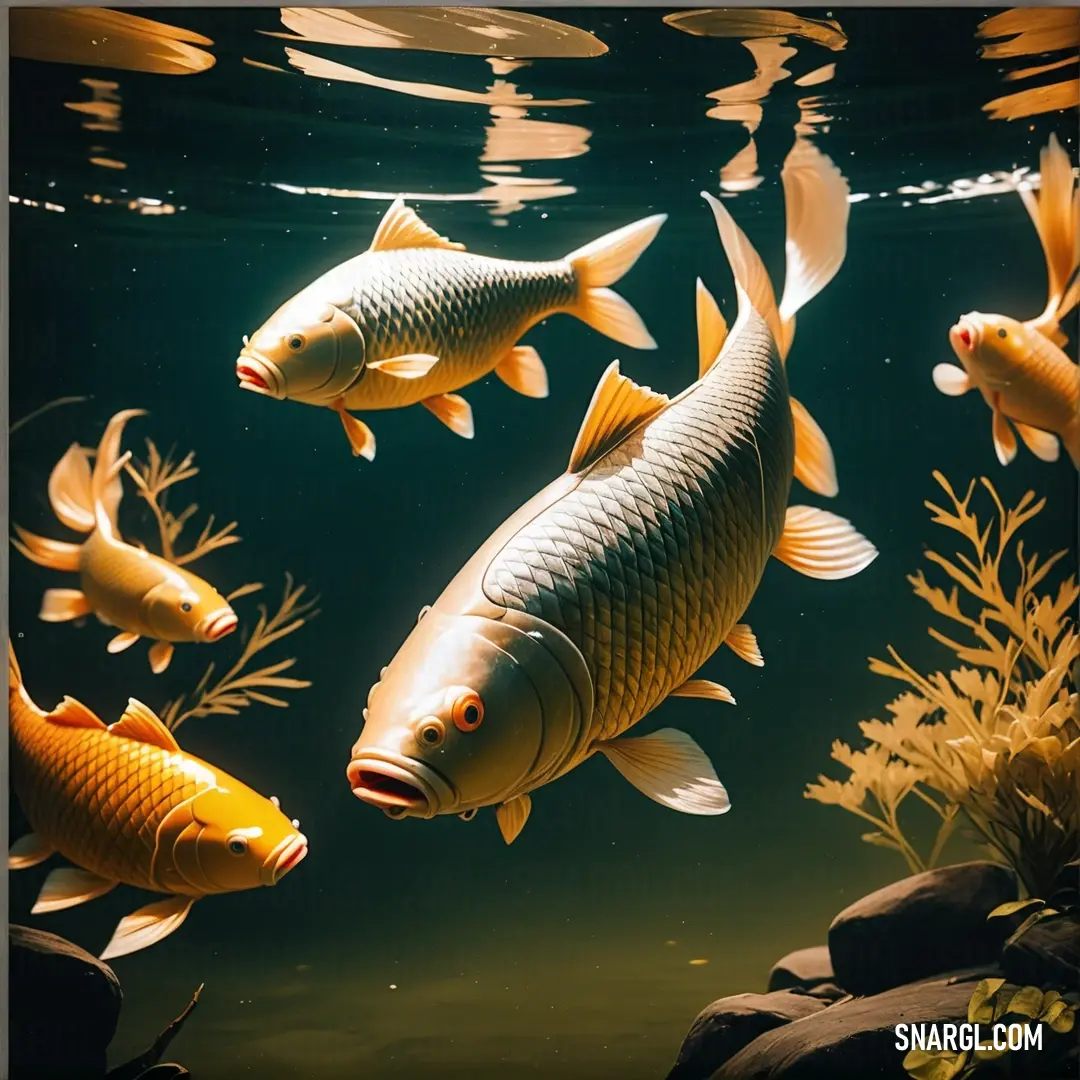
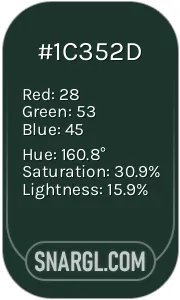 Medium jungle green
Medium jungle green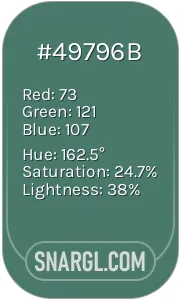 Hooker green
Hooker green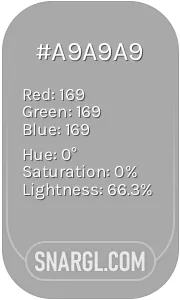 Dark gray
Dark gray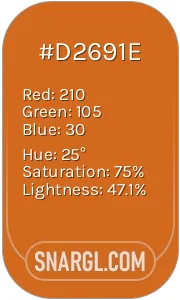 Chocolate
Chocolate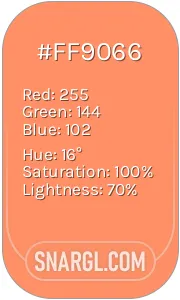 Pink-orange
Pink-orange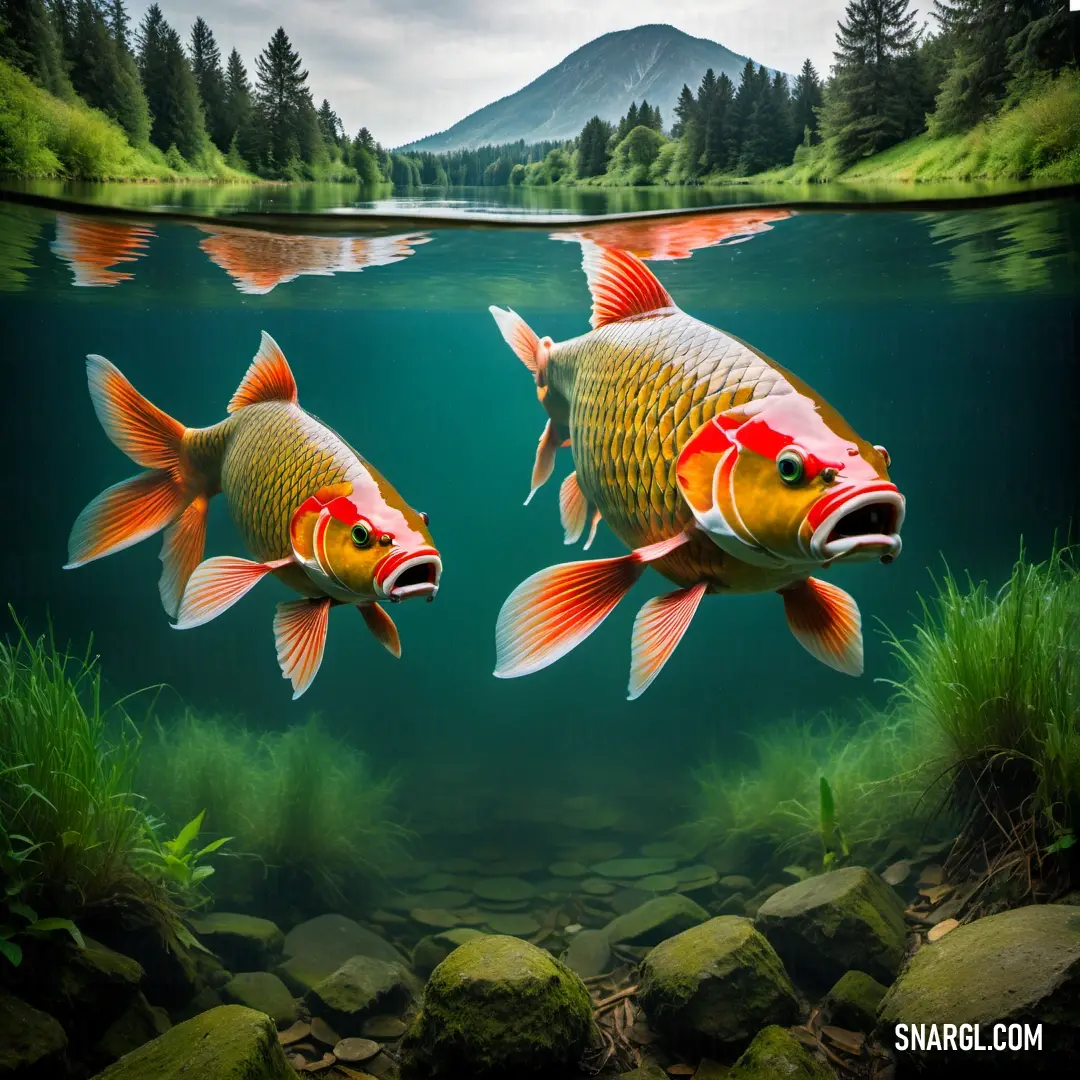
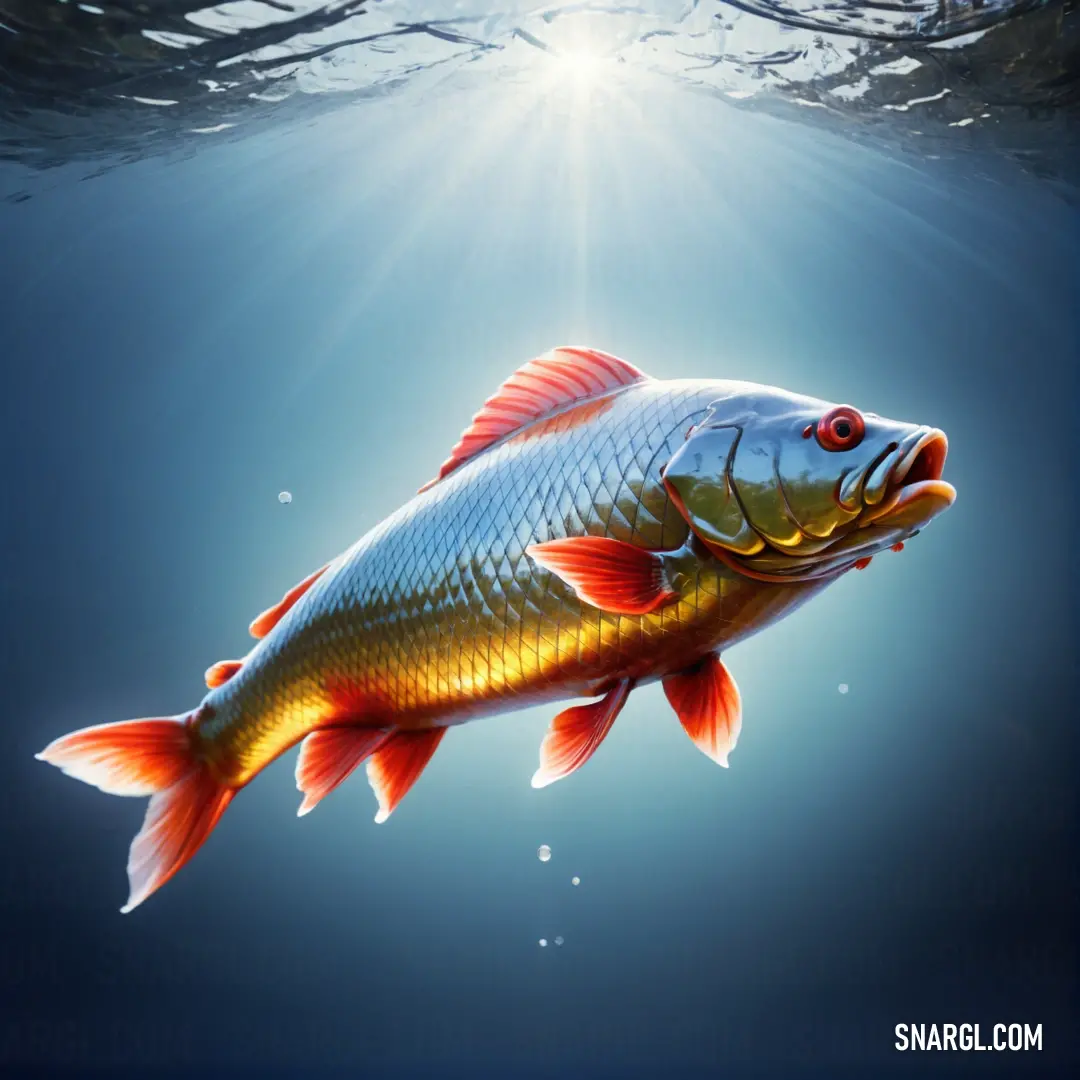
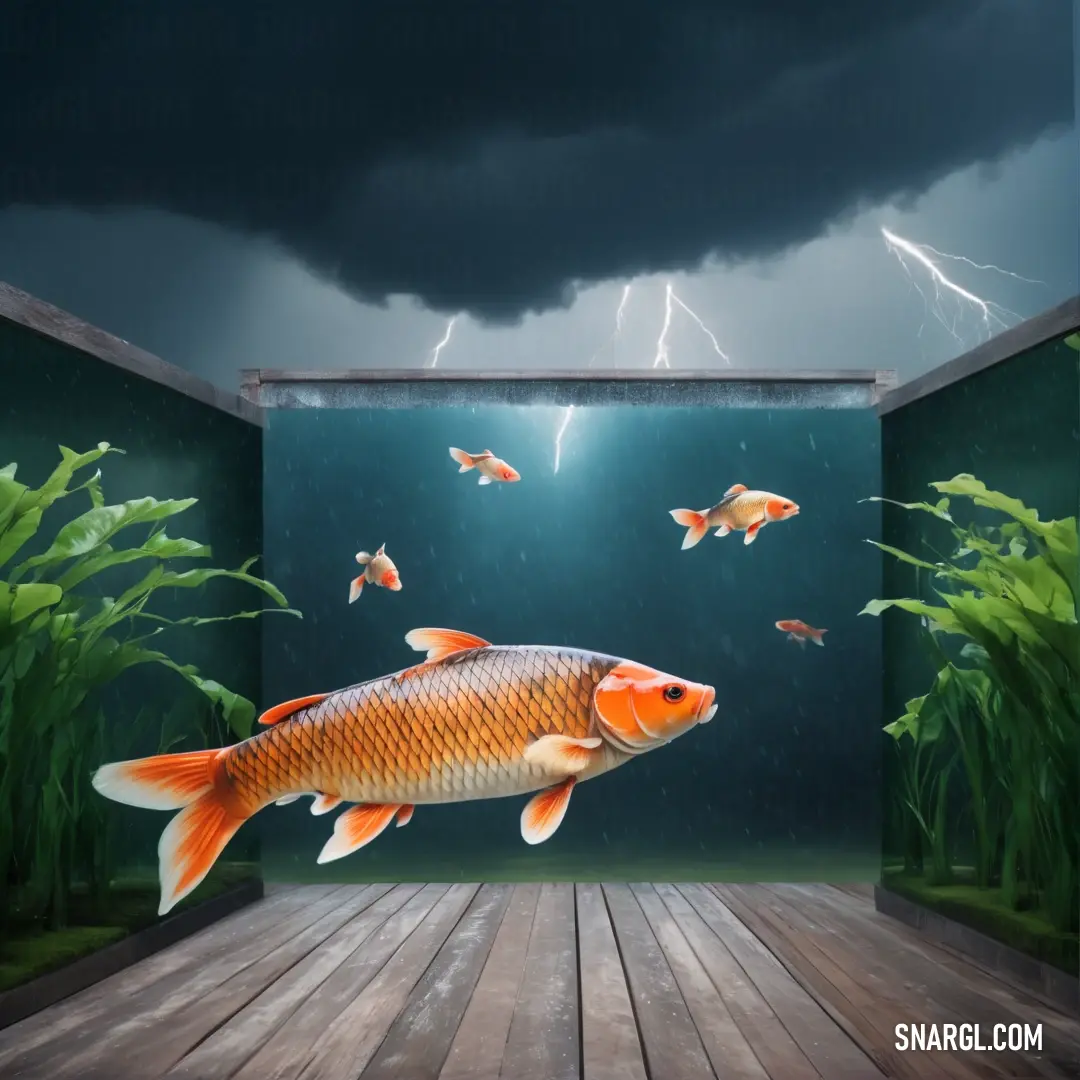
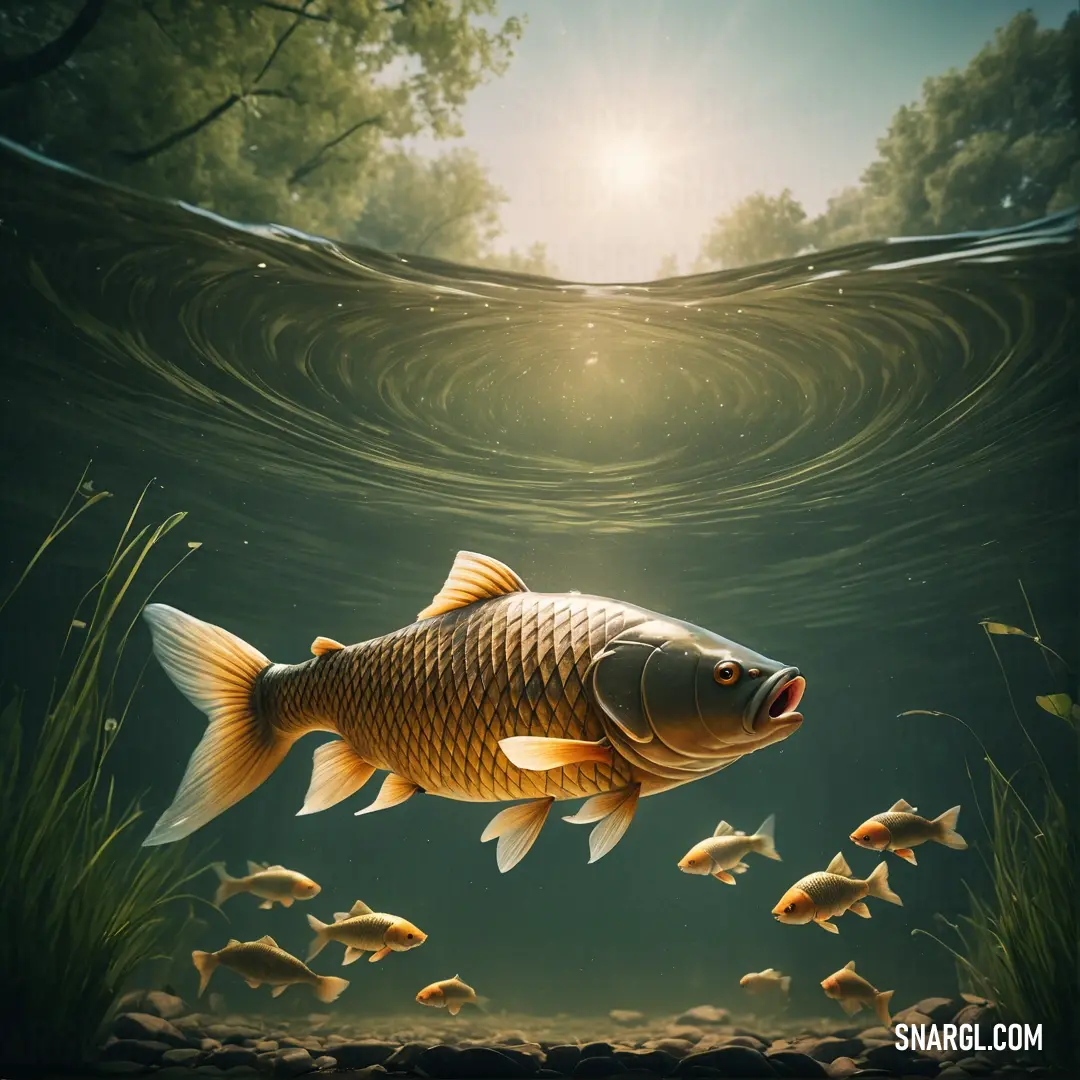
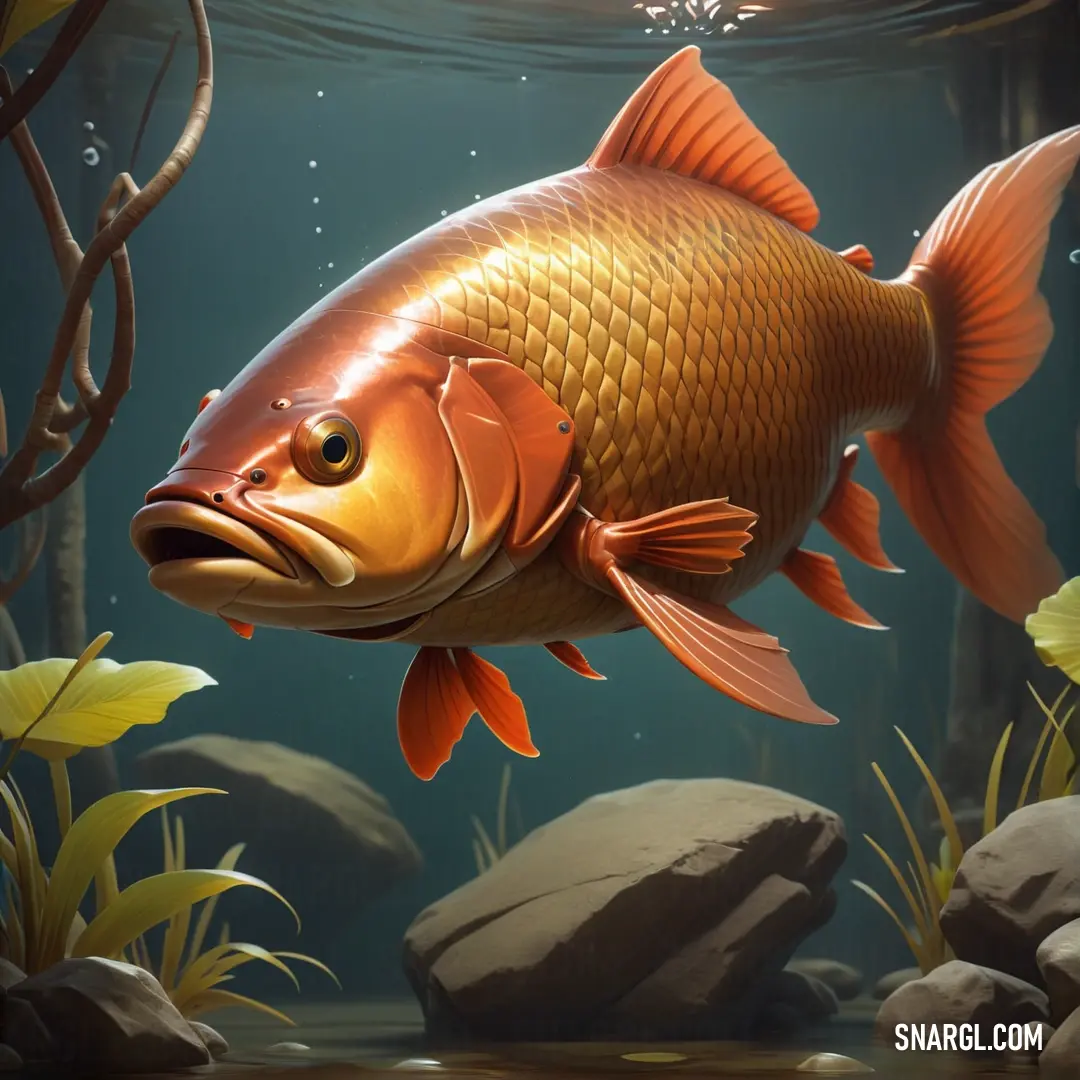
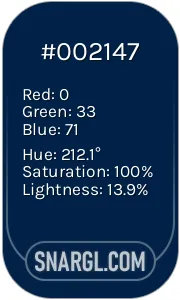 Oxford Blue
Oxford Blue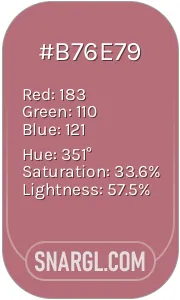 Rose gold
Rose gold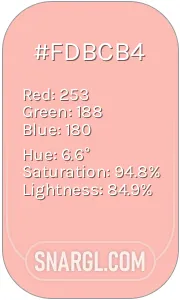 Melon
Melon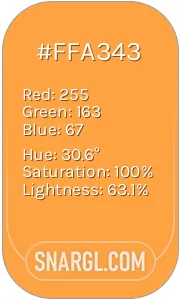 Neon Carrot
Neon Carrot Wine
Wine
